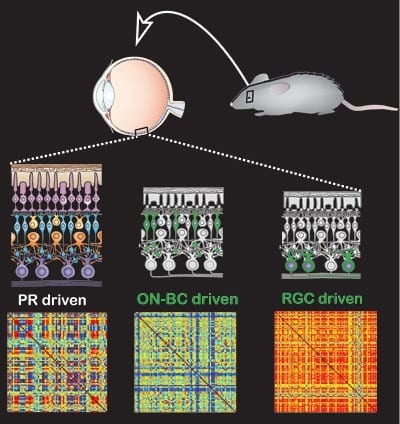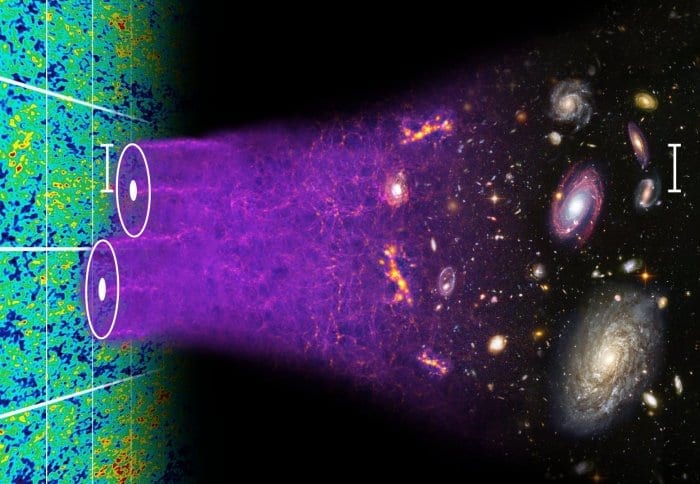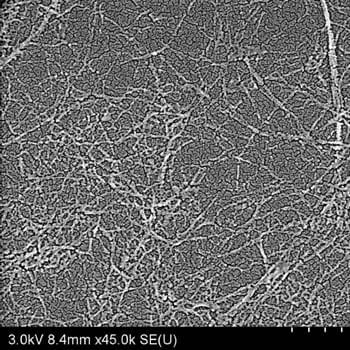
A new genetic therapy not only helped blind mice regain enough light sensitivity to distinguish flashing from non-flashing lights, but also restored light response to the retinas of dogs, setting the stage for future clinical trials of the therapy in humans.
The therapy employs a virus to insert a gene for a common ion channel into normally blind cells of the retina that survive after the light-responsive rod and cone photoreceptor cells die as a result of diseases such as retinitis pigmentosa. Photoswitches – chemicals that change shape when hit with light – are then attached to the ion channels to make them open in response to light, activating the retinal cells and restoring light sensitivity.
Afflicting people of all ages, retinitis pigmentosa causes a gradual loss of vision, akin to losing pixels in a digital camera. Sight is lost from the periphery to the center, usually leaving people with the inability to navigate their surroundings. Some 100,000 Americans suffer from this group of inherited retinal diseases.
In a paper appearing online this week in the early edition of the journalProceedings of the National Academy of Sciences, University of California, Berkeley, scientists who invented the photoswitch therapy and vision researchers at the School of Veterinary Medicine of the University of Pennsylvania (PennVet) report that blind mice regained the ability to navigate a water maze as well as normal mice.
The treatment worked equally well to restore light responses to the degenerated retinas of mice and dogs, indicating that it may be feasible to restore some light sensitivity in blind humans.
“The dog has a retina very similar to ours, much more so than mice, so when you want to bring a visual therapy to the clinic, you want to first show that it works in a large animal model of the disease,” said lead researcher Ehud Isacoff, professor of molecular and cell biology at UC Berkeley. “We’ve now showed that we can deliver the photoswitch and restore light response to the blind retina in the dog as well as in the mouse, and that the treatment has the same sensitivity and speed of response. We can reanimate the dog retina.”
The Latest on: Restoring vision
[google_news title=”” keyword=”Restoring vision” num_posts=”10″ blurb_length=”0″ show_thumb=”left”]
via Google News
The Latest on: Restoring vision
- Column: Restore Fort Monroe’s 1619 name: Point Comforton April 27, 2024 at 3:06 pm
Restore the name of Point Comfort and highlight Fort Monroe as the fourth point in Virginia’s “Historic Diamond,” Poquoson’s Steven T. Corneliussen writes in a guest column.
- Federal funds to help restore Lake Superior sandbaron April 27, 2024 at 12:37 pm
Preservation of rare coastal dunes and old-growth pines will be central to restoration plans for the western end of Wisconsin Point, the Lake Superior sandbar in Superior, Wis., that for centuries has ...
- San Rafael activists lobby for train depot restorationon April 27, 2024 at 12:21 pm
San Rafael Heritage members said they want to see the depot enclosed rather than open into a courtyard. “Part of the vision is to recreate an interior space like the original waiting room in the depot ...
- Diplopia (Double Vision) and Treatment Effectivenesson April 27, 2024 at 6:21 am
Diplopia causes people to see double. It’s a symptom of many conditions, some of which don’t originate in the eyes, such as diabetes. Learn more.
- Science Corporation acquires retinal implant from Pixium Visionon April 26, 2024 at 6:39 am
S cience Corporation, a brain-computer interface technology company, has announced the acquisition of intellectual property and related assets for the Prima retinal implant from French bioelectronics ...
- Eyes wide open: Breakthrough blink restorationon April 25, 2024 at 4:34 pm
N.K. often happens after an infection or trauma to the head or neck. Brain and skull base tumors are also common causes of N.K. Failing to blink can damage the cornea, causing cloudy and blurry vision ...
- BCI maker Science acquires retinal implant from Pixium Visionon April 25, 2024 at 12:54 pm
Brain-computer interface developer Science Corporation acquired the IP and related assets for the Pixium Vision Prima implant.
- FCC votes to restore net neutrality protections in the United Stateson April 25, 2024 at 10:15 am
In an entirely expected move, the Federal Communications Commission has voted to reinstate net neutrality protections in the United States.
- Retired Bradenton teacher’s vision restored after ‘life-changing’ donation transplanton April 25, 2024 at 2:50 am
Many times transplants are life-saving. Mine was life-changing,” the Bradenton man said. “It’s given me back my life.” ...
- iMazing iPhone Management Software Gets Fresh Design, Support for Vision Proon April 24, 2024 at 4:22 pm
DigiDNA today announced the launch of iMazing 3, an updated version of its iPhone and iPad management software designed for Macs and ...
via Bing News










